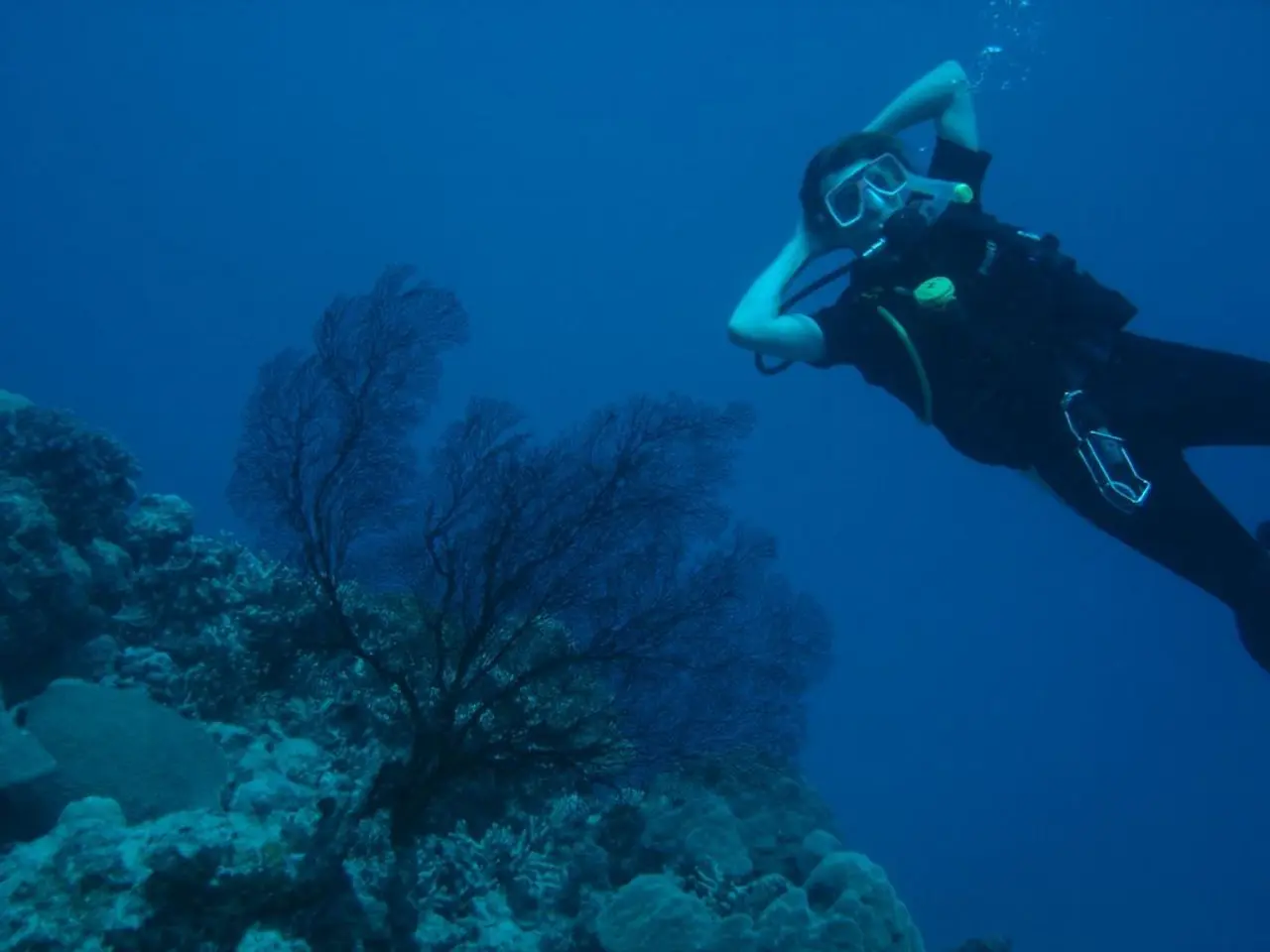Unethical practices, bullying, and a hostile work environment: Uncovering the operations at OceanGate under Stockton Rush's leadership
The U.S. Coast Guard Marine Board of Investigation report has revealed that the June 2023 implosion of the Titan submersible, operated by OceanGate, was a tragic consequence of inadequate design, certification, maintenance, and inspection processes.
The accident was caused by a loss of structural integrity of the Titan’s carbon fiber pressure hull, compromised through flawed design and repeated use despite prior incidents that weakened the hull. The report specifically pointed out design flaws in hull thickness and curing standards as significant contributors to the disaster.
The investigation also uncovered a toxic workplace environment within OceanGate, with employees feeling discouraged from expressing safety concerns due to intimidation and threats of firing. This culture, coupled with bypassing regulatory oversight, resulted in critical safety lapses.
Stockton Rush, the co-founder and CEO of OceanGate, was found to have played a central role in these failures. He is held responsible for ignoring and concealing multiple safety warnings, neglecting established engineering and safety protocols, and creating and maintaining the flawed corporate culture that hindered proper safety practices and transparency.
The report specifically noted the "seaman's manslaughter" statute and recommended a referral to the U.S. Department of Justice. It also highlighted OceanGate's director of marine operations, who stated that the company dismissed his safety concerns, focusing more on "image and marketing than on building a safe and reliable operation."
The implosion was preventable had proper engineering standards, safety practices, and oversight been enforced. The report recommended creating international and domestic regulatory frameworks to oversee innovative submersibles like Titan to prevent similar tragedies. The National Transportation Safety Board is also conducting a separate ongoing investigation.
The report cited numerous instances of operational negligence, including the immediate use of mission specialist funds adding pressure on OceanGate to conduct TITAN operations to fulfill its obligations and protect its reputation. OceanGate failed to adequately design, test, and analyze the submersible's carbon-fiber hull, despite numerous issues with the material, manufacturing, and testing.
A "culture of secrecy" abounded at OceanGate, contributing to the ongoing dysfunction between the teams. Rush, a graduate of Princeton University, was reported to have fired the engineering director after a lunch meeting in July 2019, implying that he would not be the one to leave.
On May 29, 2019, a Titan pilot discovered a crack in the carbon fiber structure during a pre-dive inspection in the Bahamas, which was later confirmed to be larger and deeper than initially assessed. Despite this, Rush planned to repair the cracked hull and reassemble the sub in three weeks, against the engineering director's safety concerns.
The Titan submersible's mission specialists were required to sign liability waivers shortly after paying and traveling to the departure point, with the terms of the waiver discussed in detail only after arrival. The price for a single seat on an eight-day mission was $250,000.
In conclusion, the implosion was caused by a combination of design flaws, operational negligence, inadequate safety culture, and regulatory evasion, with Stockton Rush directly responsible for key decisions and oversight failures that culminated in the fatal accident.
- Technology advancements in the submersible industry could potentially enhance safety measures if regulations are implemented that require regular inspections, strict adherence to design standards, and proper training for operators, as has been highlighted in light of the Titan disaster.
- The Titan submersible tragedy serves as a stark reminder that the intersection of technology with education-and-self-development and general-news media could lead to increased public awareness about safety protocols in extreme sports, encouraging safer practices and fostering a culture of prioritizing transparency over image and marketing.




